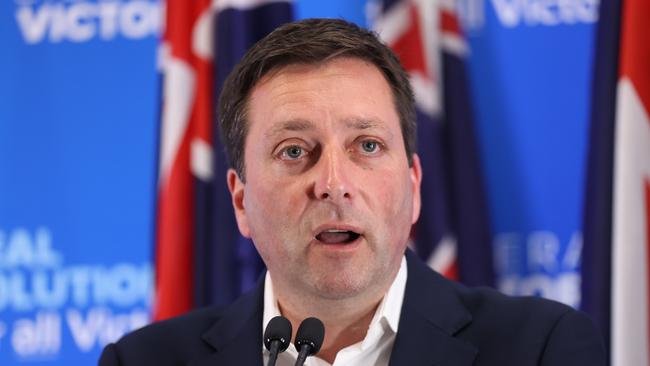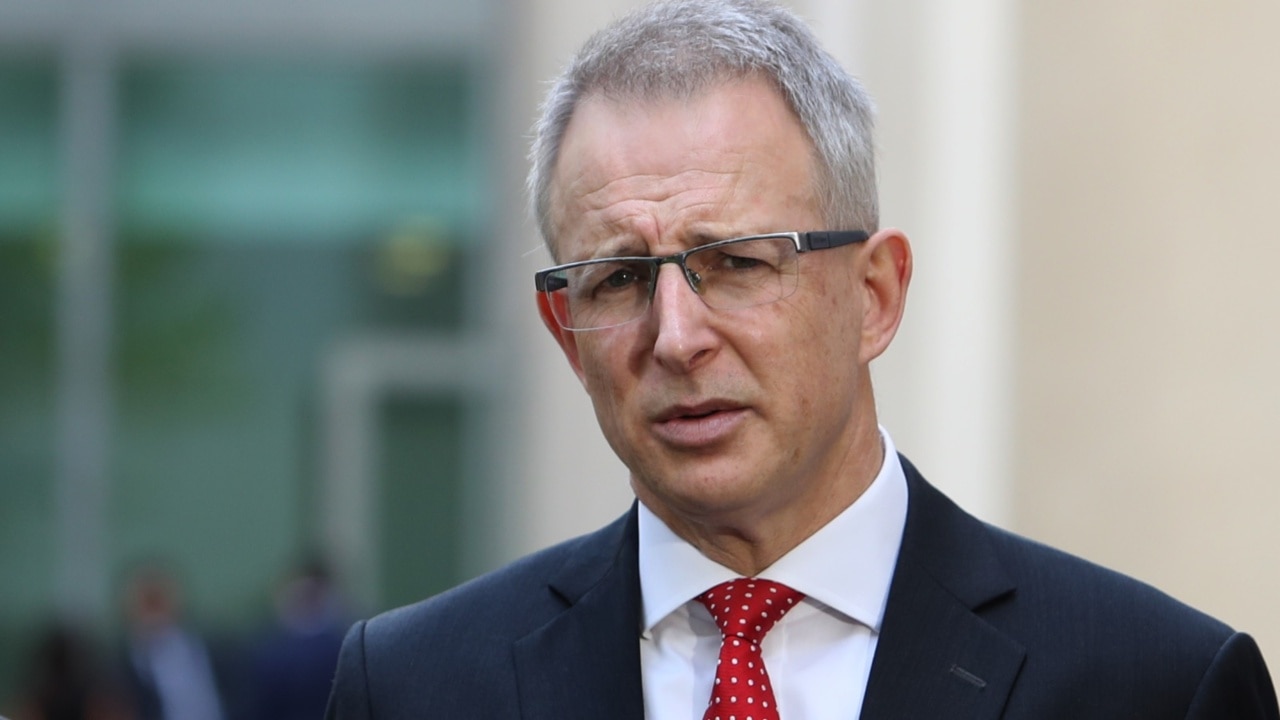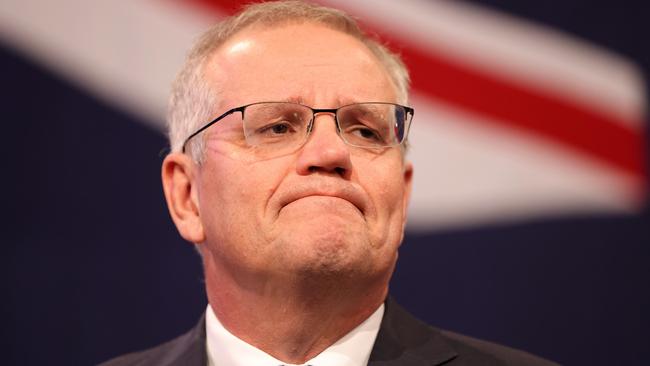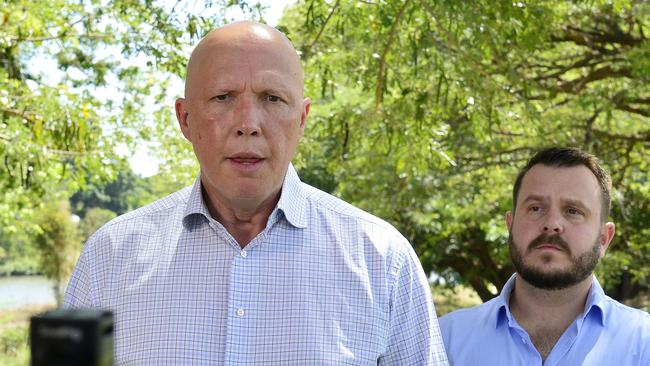Victoria state voting demographics spell disaster for the Liberal Party


Ultimately, Labor may go to the new parliament suffering no net loss of seats. The Upper House count continues but at this stage it would seem that the majority of seats are veering Left, giving Andrews a crossbench he can work comfortably with.
It’s difficult to underestimate the scale of the disaster. Winning a third term in government is a herculean task at the best of times. Andrews was mired in corruption scandals, had the shadow of long, exhausting, economy-smashing lockdown sharp in voters’ memories and government debt had blown out. If the Opposition couldn’t wrest back some seats in these circumstances, when could they?
As the result became known there was egg on a lot of pundits’ faces. Let’s start with the albumen on mine. I’d tipped a whopping crossbench, around 15 seats, the manifestation of a protest vote against the Andrews government but not so much an expression of confidence in the Coalition. My Labor sources were nervously anticipating a loss of ten seats, possibly 12, yet based on polling, I could only see a net gain to the Coalition of two to four seats.
One Teal candidate may yet win Hawthorn but seats that were at risk south of the Yarra have been held by the Liberal Party. In the inner eastern suburbs, the electorate of Kew, considered the first that might turn, has been safely retained.

The Greens euphoria has been tempered by reality. On Saturday night, the member for Melbourne, Ellen Sandell, excitedly talked up a Green-slide as her party led in Northcote and in Pascoe Vale but those early leads have evaporated. Pascoe Vale has been retained and Labor leads in Northcote. Richmond alone is the only pick up at this stage, a feat made just that little bit more mediocre by the fact the Liberal party extended the Greens their preferences in inner city seats.
In the end, the battle on two fronts became one and the Liberal Party was utterly vanquished.
But was it an endorsement of Dan Andrews or a rejection of Matthew Guy? The answer is, a bit of both with a lot of gloomy voting data showing the Liberal Party may have veered into unelectable territory south of the Murray.
The Nationals did well in rural Victoria picking up three seats but in the big smoke, it was a disaster for the Coalition.
On the rare occasions where the Liberals ran good candidates, they did well. Jess Wilson, a former executive director of the Business Council of Australia and a long term staffer in Josh Frydenberg’s office, bucked the Teal trend in Kew. Tennis professional and budding media personality, Sam Groth won Nepean from Labor.
Overall, though candidates were preselected late, bizarre in a state that has fixed terms. Subsequently, there was the usual scramble of disendorsements as candidate backgrounds became known and were assumed to be unpalatable to voters.
Matthew Guy was belted in 2018 and for some odd reason the powers that be in the parliamentary party thought it would be a good idea to set him up for another drubbing which he delivered in spades.

In reality, Guy was just one of the deadweights taking up space on the opposition benches. A string of by-elections would be a useful pruning exercise but the failure to make any real inroads in this election, sees many former blue ribbon Liberal seats now on razor thin margins. Nine of the Liberal party’s 16 seats now sit on margins of less than five per cent.
But there are other, greater forces at work beyond the state party’s ineptitude and they must be troubling the Liberals in Canberra and in Sydney.
Let’s start with the obvious. The continued fracturing of the major party first preference vote is a bigger problem for the Coalition than it is for Labor.
I’d predicted the majors’ first preference votes would dive below 70 per cent in Victoria over the weekend. Wrong again but not by much. As the count continues it looks to be about 72 per cent with Labor on 37 per cent and the Coalition 35. But Labor will pick up around 17 per cent of its vote expressed as two party-preferred with the Coalition getting just ten. All while the minor parties and independents, excluding the Greens, won 17 per cent of the vote.
Not all of that vote was from the right but much of it was, yet preferences, more often than not, vanished into the ether.

While there is a real discipline to preference allocations to Labor from the Greens and other minor parties of the Left, running around 80 per cent, it is obvious in this election and many more proceeding it, that preferences from the minor parties and independents of the right are not flowing to the Liberal party in the same way.
This is a perennial problem for the Liberal party in the states and in the federal sphere and is being driven by demographic changes the party seems unable or unwilling to respond to.
While detailed demographic data is yet to flow through from the election, it seems somewhere around three in four Victorian women cast their votes for anyone else but the Coalition. This follows data in the federal election in May where 38 per cent of men and only 28 per cent of women voted for the Coalition. In the federal sphere, the votes of young women from the professional class ran at around one in six.

The millennial vote – defined by voters who cast their first ballots early in the 21st Century – now constitutes 40 per cent of voters. In the 2004 election where the grouping was almost a statistical anomaly, 42 per cent of millennials voted for the Coalition. In this year’s federal election, that figure had shrunk to 26 per cent while Labor’s support among the demographic rose by five per cent and, combined with the Greens vote, accounts for 66 per cent of the millennial vote. In 2004, it was 53 per cent.
By the time of the next federal election, the millennial vote combined with Gen X-ers will make up almost 45 per cent of all voters.
It might be anticipated that as millennials get into their mid to late 30s, their voting preferences would shift to the Right but so far, no dice.
The general view is that elections in Australia are to some large extent cyclical and what goes around, comes around. But that is wishful thinking at best. The demographics are part of an enduring trend that is hardening at each state and federal election.
If these hard trends continue, the Liberal Party cannot win elections. It is just that simple.







As counting continues in the Victoria state election, the news has become even worse than it appeared on Saturday night for the Liberal party.